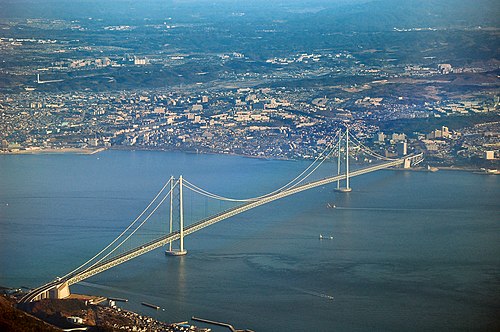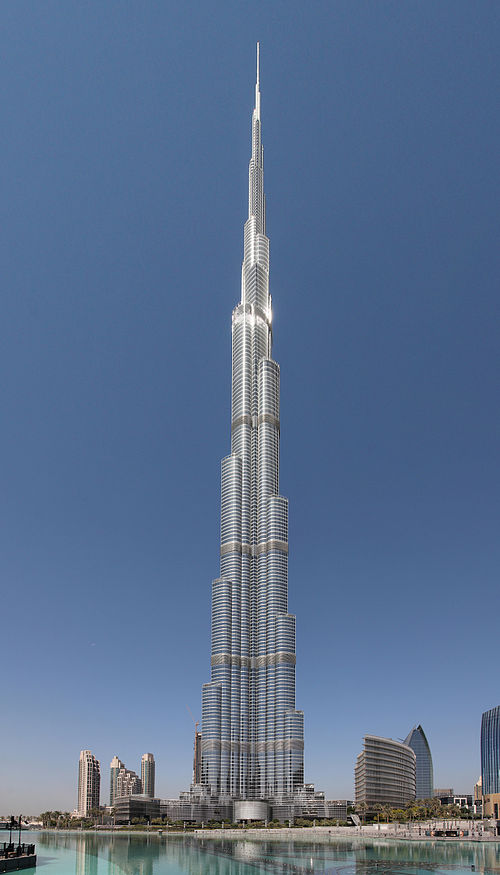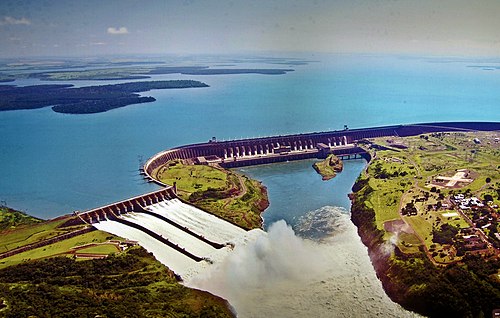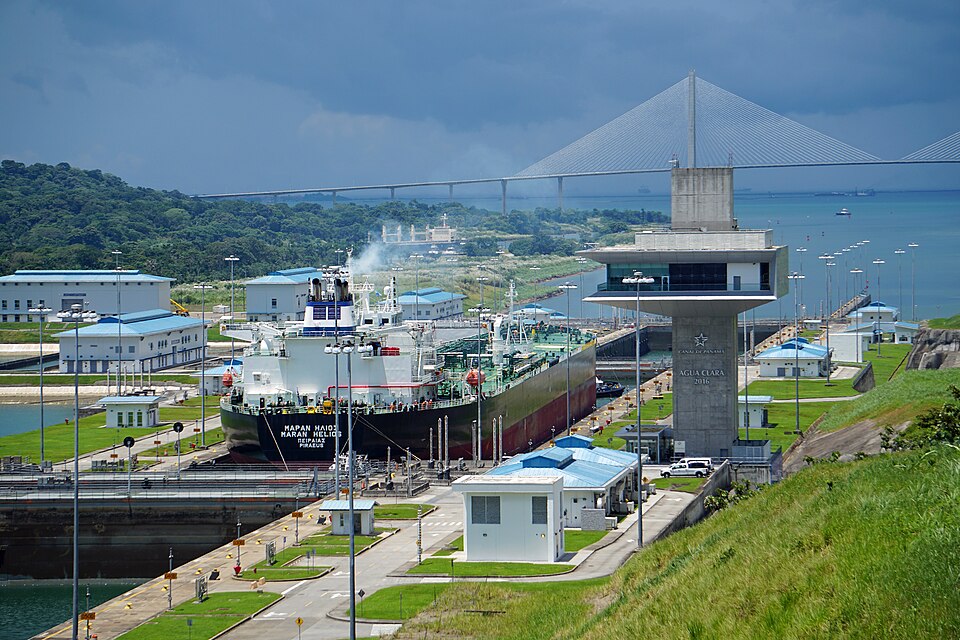Concrete curing is a critical process in the construction of mega-structures, where improper curing can lead to structural failures or costly maintenance. Across the globe, engineers have faced and overcome unique challenges related to concrete curing in some of the largest and most iconic constructions. This article reviews concrete curing challenges in notable mega-structures and highlights the innovative solutions implemented by engineers.
1. The Three Gorges Dam, China
The Three Gorges Dam is the world’s largest hydroelectric dam, containing millions of cubic meters of mass concrete. The sheer volume presented an enormous heat generation problem during curing. The exothermic reaction of cement hydration caused temperature gradients as high as 40°C between the core and the surface, leading to thermal cracking risks.
Challenges:
Managing thermal stresses inside massive concrete blocks.
Preventing cracking due to uneven cooling.
Ensuring uniform hydration throughout the massive sections.
Solutions:
A comprehensive cooling system was embedded, circulating chilled water through cooling pipes within the concrete to dissipate heat gradually.
Concrete was poured in smaller blocks with intervals for controlled curing, minimizing thermal gradients.
Thermal insulation and real-time temperature monitoring helped maintain optimal curing conditions.
2. Burj Khalifa, Dubai
As the tallest building in the world, Burj Khalifa’s concrete structure required special attention to curing to maintain strength at unprecedented heights and harsh desert climate.
Challenges:
Rapid moisture loss due to extreme heat and low humidity.
Ensuring high early strength for quick progress without compromising durability.
Avoiding shrinkage cracks in vertical and horizontal elements.
Solutions:
Use of high-performance concrete with shrinkage-reducing admixtures.
Continuous spraying and covering with curing compounds to retain moisture in exposed surfaces.
Cooling concrete mixing water and aggregates to reduce initial temperature before pouring.
3. Itaipu Dam, Brazil-Paraguay
The Itaipu Dam’s massive concrete volume presented significant curing challenges similar to the Three Gorges Dam.
Challenges:
Controlling temperature gradients in the massive concrete placements.
Long curing times needed due to cold water seeping near the foundation.
Solutions:
Implementation of a network of embedded cooling pipes with chilled water circulation.
Use of insulating blankets and membranes to protect surfaces and maintain moisture.
Staggered concrete pours with strategic curing intervals.
4. Akashi Kaikyō Bridge, Japan
This is one of the longest suspension bridges in the world. The curing of concrete for the bridge’s piers and anchorages was complicated by the marine environment and construction schedule.
Challenges:
High winds and salt spray accelerating moisture loss.
Cold ambient temperatures during certain months slowing hydration.
Solutions:
Application of curing membranes resistant to salt and wind erosion.
Use of heated enclosures and insulation during colder periods to maintain curing temperature.
Integration of sensors monitoring temperature and humidity to adjust curing protocols dynamically.
5. Panama Canal Expansion
The recent expansion of the Panama Canal involved large concrete structures such as locks and walls, which faced unique curing challenges due to tropical climate.
Challenges:
High humidity and frequent rainfall affecting curing timing and moisture control.
Fast construction schedules demanding rapid curing without compromising quality.
Solutions:
Use of high early strength concrete to reduce curing duration.
Protective coverings and temporary shelters to shield curing concrete from rain.
Use of curing compounds and continuous moisture monitoring.
Mega-structures worldwide present unique concrete curing challenges arising from their scale, environmental conditions, and construction demands. Innovative solutions—ranging from embedded cooling systems and admixtures to protective membranes and advanced monitoring—have been essential in overcoming these hurdles. Learning from these landmark projects helps engineers improve curing techniques for the next generation of monumental constructions.





